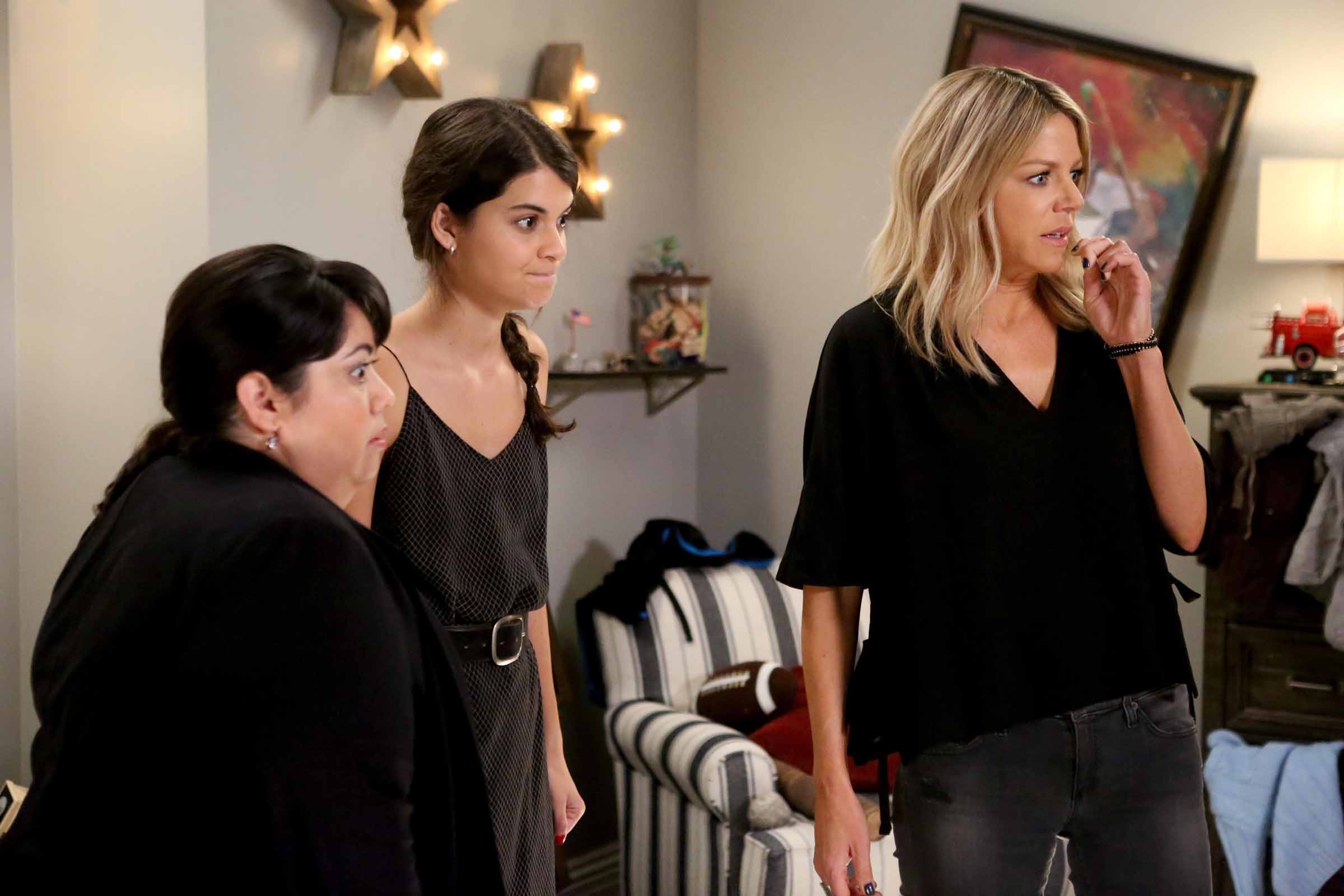


In 1925, Martínez and Álvarez married and she took his name. The couple often roamed the streets together observing the beauty beneath the city's grime and poverty. In parallel, her relationship with her childhood friend Manuel Álvarez, burgeoned into romance. The two women formed a close, lifelong friendship. She went on to further her education at the Escuela Nacional Preparatoria, meeting Frida Kahlo there in 1922. What I've hated most about my life is that they order me around and they limit my freedom". Unhappy with her options, Martínez wanted more, saying, "I don't know why since childhood, I had the idea that I wanted to do something not everybody did. Keen to ensure she would become a responsible wife and homemaker, Miguel's wife sent Martínez to complete a traditional education at the Colegio del Sagrado Corazón. With his death, Martínez moved from their home to live with her brother and his wife in an apartment on Calle de Santa Teresa (now Calle Guatemala). Gonzalo Martínez died of a heart attack in 1916, while traveling on a train with his daughter. One of her brother's friends who lived nearby, Manuel Álvarez Bravo, was a frequent visitor at their home on Calle de Factor (now Calle de Allende). When she was around three years old, her father took Martínez and her older half-brother, Miguel, to live in Mexico City in a large 28-room mansion. Her parents appear to have separated when she was very young.
CARLA JIMENEZ NUDE ARCHIVE
Her photo archive is located at the Center for Creative Photography in Tucson, Arizona, United States.ĭolores Concepción Martínez de Anda, known as Lola from a young age, was born on 3 April 1903 in Lagos de Moreno, Jalisco, Mexico, to Sara de Anda and Gonzalo Martínez, a dealer who imported art and furniture. From the late 1970s until her death in 1993, she gained international recognition for her body of work. In 1953 at the Galeria, she hosted the only exhibition of Frida Kahlo's works held in Mexico during the artist's life. In addition to her contributions to advertising and photojournalism, Álvarez took many photographs of her artistic friends, and in 1951 opened the Galeria de Arte Contemporáneo (Gallery of Contemporary Art) to promote their work. In 1935, she began cataloging photographs in the Department of Education and two years later was hired to run the photography workshops of the National Autonomous University of Mexico, where she remained until her retirement in 1971. She chose to portray subjects candidly, revealing the deeper meaning of culture and social significance, rather than seeking newsworthy work. As she sought to explore her own creativity and was unhappy in the marriage, the couple separated in 1934.īeginning her career as a teacher, Álvarez took photographic assignments for magazines and newspapers, developing a reputation as one of the only women photojournalists working in Mexico City. Her husband taught her photography, as well as development techniques, and for nearly a decade, she acted as his assistant. A friendship with another of her childhood friends, Manuel Álvarez Bravo, blossomed into romance around the same time and the two married in 1925. After completing a traditional education, in 1922 she enrolled in the Escuela Nacional Preparatoria, where she met her lifelong friend, Frida Kahlo. For a decade, she lived with her father in a large mansion, but upon his death was taken in by her older half-brother, who sent her to boarding school. Álvarez was born in a small town in Jalisco, but moved to Mexico City with her father when her parents separated around 1906. Her works are included in the permanent collections of international museums, including the Museum of Modern Art in New York City. She was recognized in 1964 with the Premio José Clemente Orozco (José Clemente Orozco Prize), by the State of Jalisco, for her contributions to photography and her efforts to preserve the culture of Mexico. Known for her high level of skill in composition, her works were seen by her peers as fine art. Lola Álvarez Bravo (3 April 1903 – 31 July 1993) was the first Mexican female photographer and a key figure in the post-revolution Mexican renaissance.


 0 kommentar(er)
0 kommentar(er)
